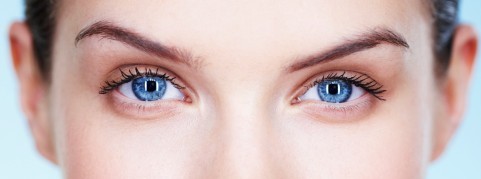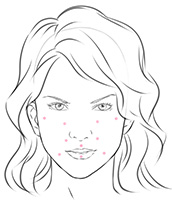Can I take painkillers before or after having dermal filler injections?
We recommend avoiding anti-inflammatory painkillers before and after the procedure as these can thin the blood and increase the risk of redness, swelling, bleeding and bruising. Ibuprofen and aspirin are the most well-known anti-inflammatory drugs. However, during your consultation it is important that you let us know what medication you’re taking so we can advise on possible contraindications (situations in which you should avoid taking your medication). If your practitioner has applied a local anaesthetic cream, it is normal to feel like the pain is getting worse as the effects of the cream wear off. If you’re in pain, apply a cold compress to the area to help reduce swelling.
Can I exercise after having dermal filler injections?
We recommend waiting at least a week after dermal fillers before doing any strenuous exercise – this will avoid the risk of infection. We also recommend you avoid yoga, too, because inverted positions such as headstands could increase the risk of bruising and swelling.
How soon can I drink alcohol after having dermal filler injections?
Although drinking alcohol won’t affect the long-term results of having dermal fillers, it can increase bruising and swelling. It is best to avoid alcohol for at least two days after the
treatment.
How soon after having dermal fillers can I fly?
There should be no issue with flying after having dermal fillers. Although there is some concern that the changing air pressure in the plane’s cabin can have some effect, there is no evidence that this is the case. We normally prefer you not to go abroad immediately after fillers in case you need further advice/ treatment.
How soon after having cosmetic fillers can I sunbathe?
Avoid sunbathing, sunbeds and intense heat (such as saunas and Turkish baths) for one week after treatment. If you do go out in the sun, wear sunscreen at all times. You should also avoid exposing your skin to extreme cold for one week after treatment.
How soon after having dermal filler can I touch my face?
Don’t touch or rub the treated area for at least six hours after treatment. After that, you can gently clean the area and apply light makeup.
Can I smoke after dermal fillers?
Yes, you can smoke straight after having fillers (including lip fillers). However, smoking is hugely detrimental to your health and although it won’t directly affect the results of the treatment, it will continue to dry out and age your skin. Smoking narrows the blood vessels in the outer layers of your skin. This limits blood flow, meaning your skin doesn’t receive as much oxygen or as many nutrients. In the long term, smoking can cause wrinkling, sagging, discolouration and age spots.
Is there any specific advice for cheek filler aftercare?
It is best to follow the general advice for cheek fillers. There is no specific aftercare advice for cheeks, other than avoiding wearing makeup for the first six hours after treatment.
How long does it take for facial fillers to settle?
It can take up to two weeks for facial fillers to settle into place.



